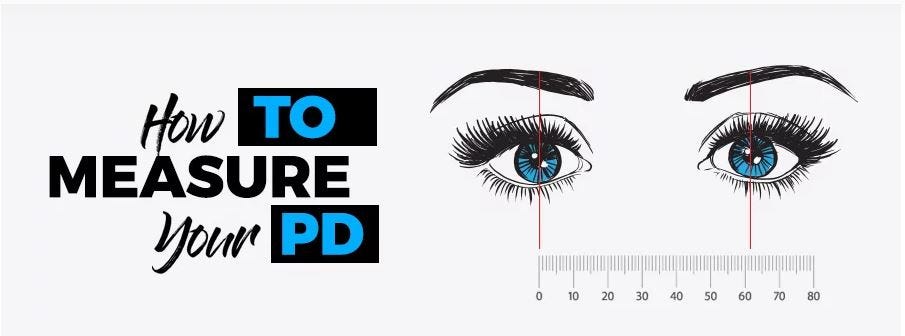

What Is Pupillary Distance?
Pupillary Distance or better yet - PD – highlights the distance that originates from the center of one pupil and stretches to another one. Getting our PD measured is now an imperative milestone as through this - opticians add precision spots on the lenses and adjust it with our frame.
How Important Is Pupillary Distance?
Without PD – it is impossible to purchase an accurate pair of glasses as it pronounces the optical center of both pupils. In addition – experts recommend measuring our PD with laser- focus to keep vision intact and bonded. However with deprivation – our eyesight absorbs erroneous frequencies. The Pupillary Distance (PD) ensures RX glasses possess the right alignment.
Steps To Measuring Your PD Yourself:
1 - Start with a straight “mm” ruler, a pencil or pen and a mirror.
2 - While looking straight in the mirror, place the ruler on the bridge of your nose.
3 - Make sure that the start of the ruler is directly below the center of one eye’s pupil.
4 - Hold the ruler (keeping it steady and parallel to the floor); mark the location on the ruler of the other eye’s
pupil.
5 - Measure the distance in millimeters between the two marks. That distance will be your PD.
6 - Repeat this process a couple of times to ensure you have an accurate measurement.
In most cases, PD value ranges from 57 to 65 mm, with the most common one being 63 mm. At times you will find PD written as 63/61. In such cases the first value is for Distance PD and the other value 61 is near PD. It is highly recommended to get your PD from your optometrist if you have a high power or if you are going to order bifocal, progressive or computer lenses.
HOW TO MEASURE YOUR PD - WATCH THE VIDEO
